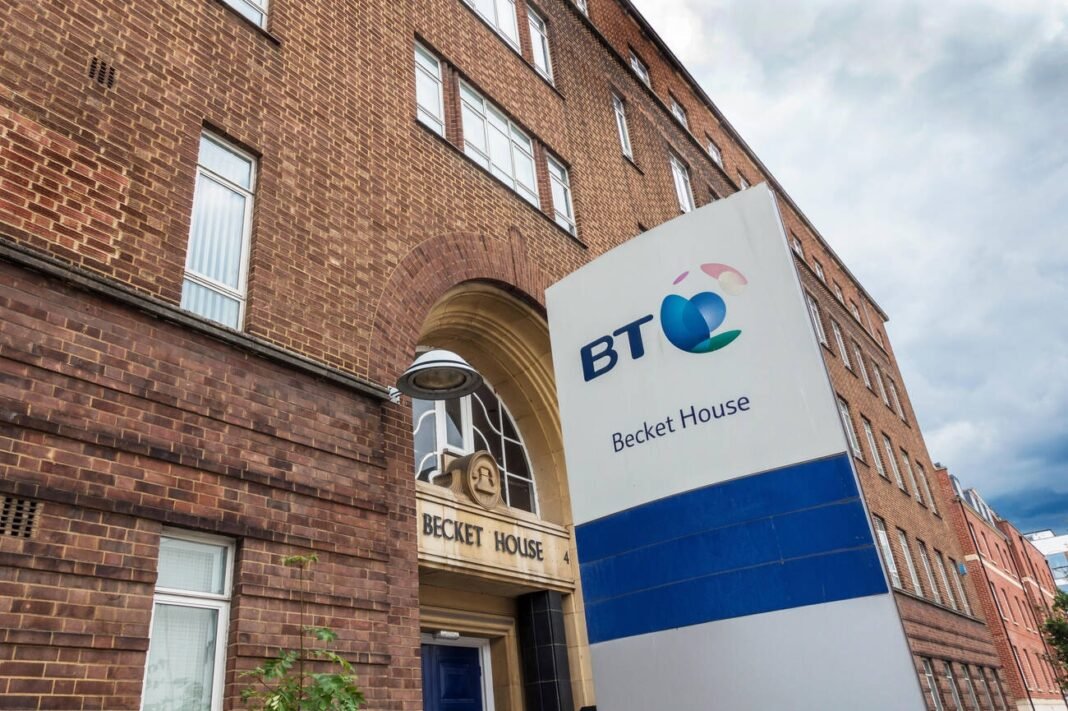UK telecoms lag behind Scandinavia, and this situation is awful. The latest CEO of BT says Scandinavia is far more advanced in terms of telecommunications infrastructure than the UK. The government needs to revise the regulations to address this problem.
The next government should review the current telecoms infrastructure planning rules to ensure access to connectivity across the UK. This article discusses the backwardness of the UK’s telecommunications infrastructure and the necessary improvements required in this area.
Britain’s telecommunications infrastructure is out of date
UK telecoms lag behind Scandinavia, and this is an undeniable fact. BT’s boss said Nordic countries were “way ahead” of the UK in telecommunications infrastructure. She announced that the government should look again at planning laws to help improve poor connectivity.
BT chief executive Allison Kirkby told the London Deloitte and Enders media and telecommunications conference: “What I would say is Scandinavia is way ahead of the UK. The regulatory environment, the planning environment, and the general adoption of digital skills and services drive part of that.” She said about 80 per cent of homes in Sweden are fully connected with fibre optic lines. Fibre optic speed is several times faster than older copper wires.
Inequality of UK telecommunications infrastructure with other countries
The disparity in telecommunications infrastructure underlines the UK’s urgent need to accelerate investment. Britain needs these developments to compete in the telecommunications sector.
The UK government needs to review current legislation around telecommunications infrastructure to boost connectivity. If the infrastructure is not improved, the situation will worsen daily. The need to upgrade telecommunications infrastructure is because UK telecoms lag behind Scandinavia.
The backwardness of the UK’s telecommunications infrastructure
Elizabeth Anderson, chief executive of the Digital Poverty Alliance, said: “The UK’s telecom infrastructure falling behind other European countries isn’t something we can afford to swallow, which is why there’s clear work that needs to be done by the incoming government.
Understanding what steps to take is essential. We’ve launched the new Charter for Digital Inclusion and National Delivery plan to offer guidance to all sectors to boost connectivity and fight digital poverty.” UK telecoms lag behind Scandinavia; if quick action is not taken in this field, the lag will increase.
BT plans to expand bandwidth
BT has set out a £15bn plan to roll out high-speed broadband to 25 million homes by 2026. It has reached over 14 million buildings, with another 6 million in initial construction, and is on track to reach 25 million by December 2026.
The UK government may not have helped by advising telecommunications companies to stop installing new telegraph poles earlier this year. Meanwhile, telegraph poles are faster and more economical than underground cabling. Complaints to MPs about the overhead fibre deployment seem to have been a significant driver of the decision.
The necessity of government planning to improve telecommunication infrastructure
When asked what BT would like the government to do about it, Kirkby said the answer is regulatory and financial policy certainty. But she claimed that planning for this would bring things to a standstill and needed to be reviewed.
It’s not necessarily the market structure that prevents the UK from having the extensive networks I saw in Sweden – many of them are limited by planning. Swedes, Norwegians, and Finns all expected their highways and their trains to have excellent connectivity wherever you were, even when you were in the northern part of the country. A lot of what doesn’t work in the UK is planning law.
The need to revise the UK government’s telecommunications laws
The charity group the Digital Poverty Alliance called on the UK government to reconsider the rules on telecommunications infrastructure. This request is for the government to increase the speed of development. The company’s chief executive, Elizabeth Anderson, said, “The UK’s telecom infrastructure falling behind other European countries isn’t something we can afford to swallow, which is why there’s clear work that needs to be done by the incoming government.”
Access of 57% of households to full-fibre broadband
Only 57% of UK households had access to full-fibre broadband by September, compared to an average of 70% in 39 European markets analyzed. Several countries, such as Romania, Portugal, and Sweden, have already exceeded 90% fibre coverage. The FTTH Council has identified the UK as having 12.9 million homes that still need fibreBT has already moved 2 million of its 10 million landline customers on to the digital network. The company has said this shift is increasingly necessary as analogue technology becomes obsolete.
The need for rapid expansion of fibre optic broadband in the UK
The UK will add 4.7 million homes to its full-fibre broadband space in the year to September 2023. This country surpassed any other European country. According to the latest market report from the European FTTH Council, this rapid expansion brought the UK’s total fibre homes to 17.1 million.
This statistic placed England third in Europe after France (26.3 million) and Turkey (18 million). Given the size of the UK’s population, the country’s leading position for new fibre rollout is perhaps unsurprising. Despite the pace at which stiff fibres are being developed, the UK still has room to achieve widespread coverage and adoption. Britain needs rapid progress in telecommunication infrastructure because UK telecoms lag behind Scandinavia.

